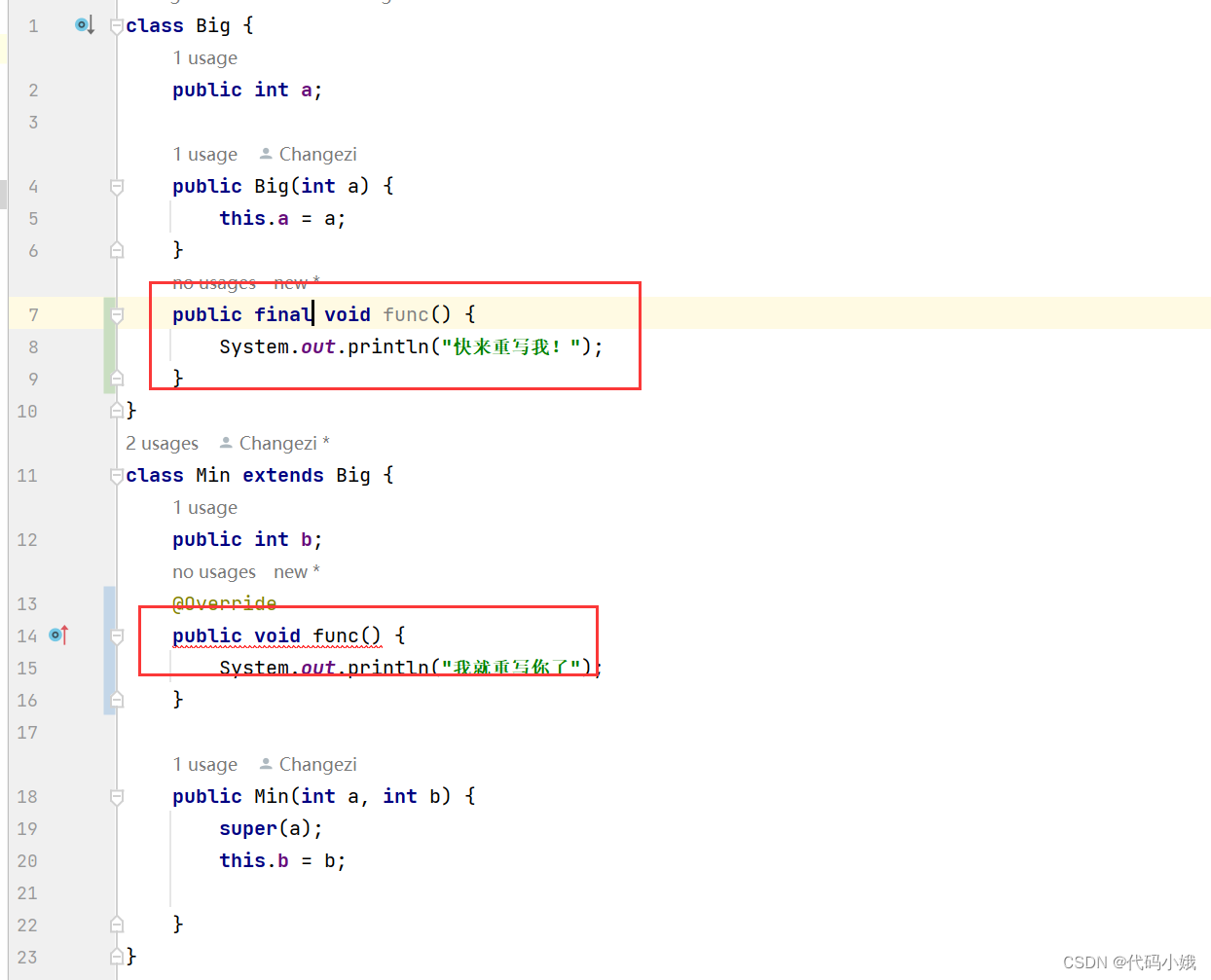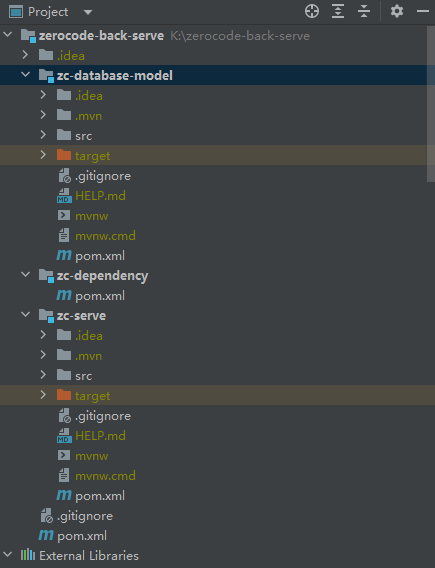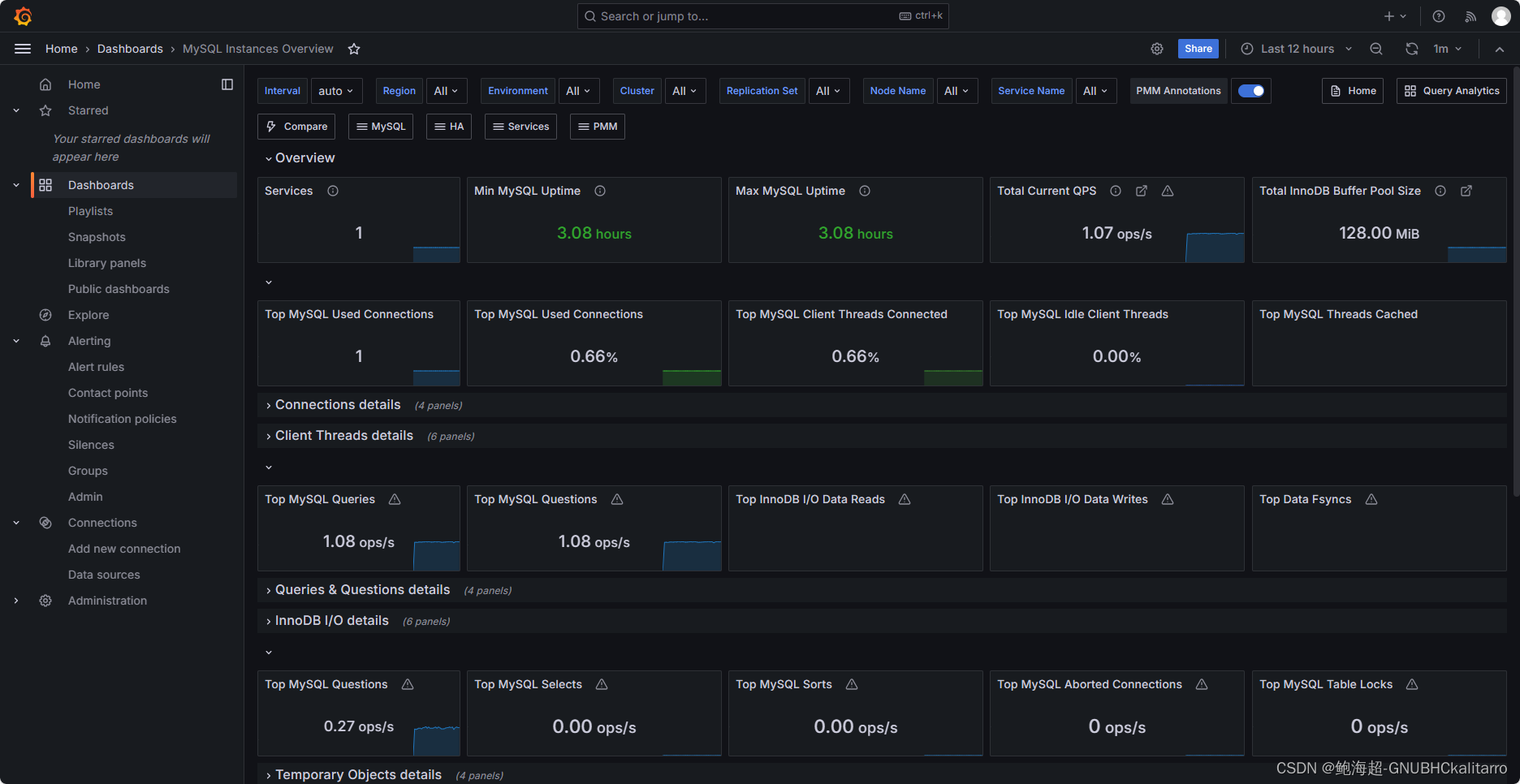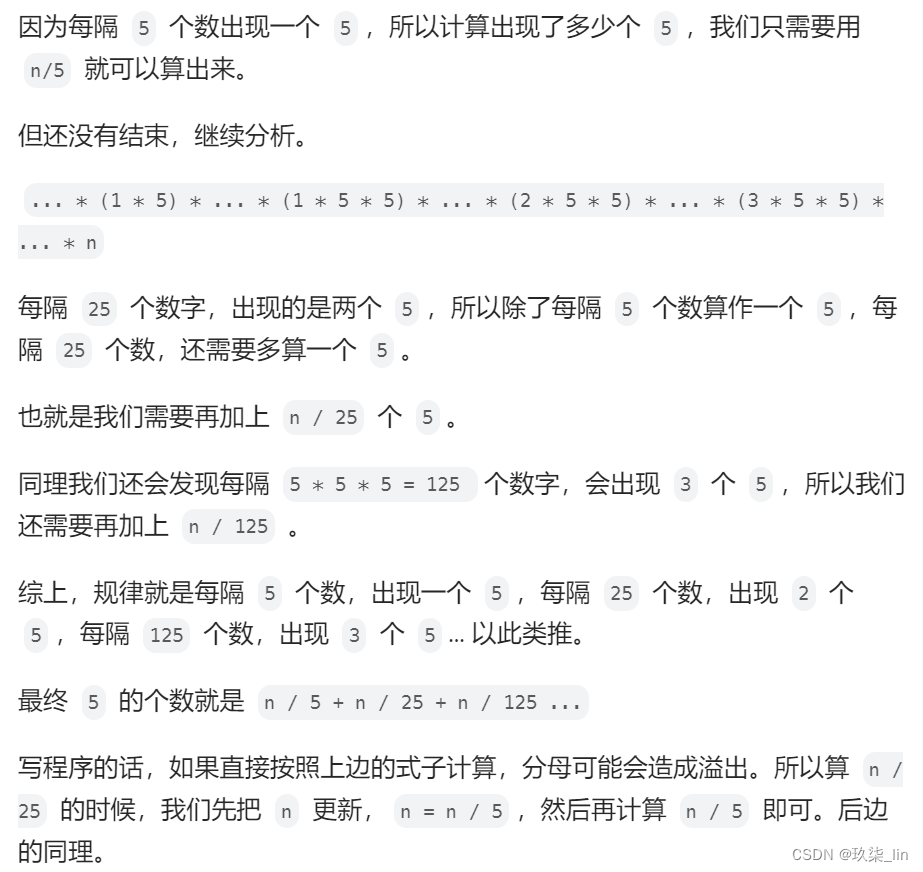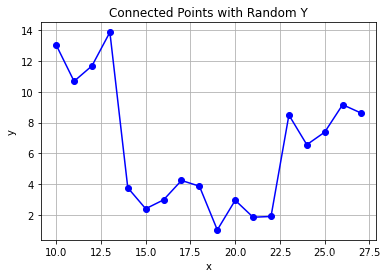前言
完残!😂,最近看之前写的 Python 代码老得琢磨这比变量的类型是啥(Python 无类型系统xxx),不愧是我写的!
看段之前写的实现迭代器模式的代码:
# 抽象迭代器类
class Iterator(object):
def hasNext():
pass
def next():
pass
# 抽象聚集类
class Aggregate(object):
def iterator():
pass
class BookShelf(Aggregate):
def __init__(self):
self._books = []
self._last = 0
def getBookAt(self, index):
return self._books[index]
def appendBook(self, book):
self._books.append(book)
self._last = self._last + 1
def getLength(self):
return self._last
def iterator(self):
return BookShelfIterator(self)
class BookShelfIterator(Iterator):
def __init__(self, bookShelf):
self._bookShelf = bookShelf
self._index = 0
def hasNext(self):
if self._index < self._bookShelf.getLength():
return True
else:
return False
def next(self):
book = self._bookShelf.getBookAt(self._index)
self._index = self._index + 1
return book
class Book():
def __init__(self, name):
self._name = name
def getName(self):
return self._name
if __name__ == "__main__":
bookShelf = BookShelf()
bookShelf.appendBook(Book("A"))
bookShelf.appendBook(Book("B"))
bookShelf.appendBook(Book("C"))
bookShelf.appendBook(Book("D"))
it = bookShelf.iterator()
while it.hasNext():
book = it.next()
print(book.getName())有一丢丢难读(不通读的话,会乱猜某变量类型),回想之前在 PyCon China 2019 的大会资聊曾看到过类型检查相关的演讲主题,回顾下演讲视频。水一波,写篇文章了解下 Python 标准(PEP 3107 & PEP 484 )支持的 mypy。
类型系统:编译期的类型推导检查规则,类型系统属于一种轻量级的形式化方法(一种数学方法)
使用-mypy
# 安装 mypy
pip install mypy
# 使用 mypy 做类型检查
mypy module_name.py以下使用方式适用于 Python 3.6 及以上的版本。值得注意:mypy 默认的推导类型不可为 None
变量的类型注释
integer: int = 1
string: str = "ShanSan"
err_str: str = 1 # error: Incompatible types in assignment
child: bool = True
# mypy 默认的推导类型不可为 None
none: int - None # error: Invalid type comment or annotation
print(integer, string)内建类型
关于更多 mypy 的类型系统内建的类型可参考:https://mypy.readthedocs.io/en/stable/builtin_types.html
from typing import Dict, Tuple, Optional, Iterable, Union
# 对于映射(Map)数据结构,需要指定 key 和 value 的类型
x: Dict[str, float] = {'field': 2.0}
# Tuple 需要指定所有元素的类型
x: Tuple[int, str, float] = (3, "yes", 7.5)
# error: Incompatible types in assignment (expression has type "Tuple[int, str, float, int]", variable has type "Tuple[int, str, float]")
y: Tuple[int, str, float] = (3, "yes", 7.5, 11)
op: Optional[str] = None # 可为 str 或 None
# 泛用可迭代对象
l: Iterable = [1]
t: Iterable = (1, 2)
d: Iterable = {1: 1}
# 可为 str 或 int
str_int1: Union[str, int] = 1
str_int2: Union[str, int] = "ss"
str_int3: Union[str, int] = None # error函数注解
from typing import NoReturn
def f1() -> None:
pass
def f2() -> NoReturn: # 无返回值
pass
def plus(num1: int, num2: int) -> int:
return num1 + num2
# 带默认值
def plus_default(num1: int, num2: int = 3) -> int:
return num1 + num2
# 容器的参数类型
def container_param(names: List[str]) -> None:
for name in names:
print(name)类成员注解
class MyClass:
attr: int
# 带默认值的实例变量
charge_percent: int = 100
# 没有任何返回值应该注解为 None
def __init__(self) -> None:
pass
# 忽略对 self 类型的注解
def my_method(self, num: int, str1: str) -> str:
return num * str1
# 支持自定义类型的注解
x: MyClass = MyClass()结尾
OK, 差不多了,对之前的迭代器模式的代码改造一波
from typing import List, Iterable
# 抽象迭代器类
class Iterator(object):
def hasNext(self):
pass
def next(self):
pass
# 抽象聚集类
class Aggregate(object):
def iterator(self):
pass
class BookShelf(Aggregate):
def __init__(self) -> None:
self._books: List[Book] = []
self._last: int = 0
def getBookAt(self, index: int) -> Book:
return self._books[index]
def appendBook(self, book: Book) -> None:
self._books.append(book)
self._last = self._last + 1
def getLength(self) -> int:
return self._last
def iterator(self) -> BookShelfIterator:
return BookShelfIterator(self)
class BookShelfIterator(Iterator):
def __init__(self, bookShelf) -> None:
self._bookShelf: BookShelf = bookShelf
self._index: int = 0
def hasNext(self) -> bool:
if self._index < self._bookShelf.getLength():
return True
else:
return False
def next(self) -> Book:
book: Book = self._bookShelf.getBookAt(self._index)
self._index = self._index + 1
return book
class Book():
def __init__(self, name) -> None:
self._name: str = name
def getName(self) -> str:
return self._name
if __name__ == "__main__":
bookShelf: BookShelf = BookShelf()
bookShelf.appendBook(Book("A"))
bookShelf.appendBook(Book("B"))
bookShelf.appendBook(Book("C"))
bookShelf.appendBook(Book("D"))
it: Iterator = bookShelf.iterator()
while it.hasNext():
book: Book = it.next()
print(book.getName())emmm, 舒服了一丢丢/(ㄒoㄒ)/~~
参考
- https://github.com/python/mypy
- PyCon China 2019 成都分会场-刘知杭-静态类型的 Python, video🔗
- PyCon China 2019 北京分会场-依云-类型检查拯救粗心开发者, video🔗
- Type hints cheat sheet (Python 3)
本文由博客群发一文多发等运营工具平台 OpenWrite 发布

